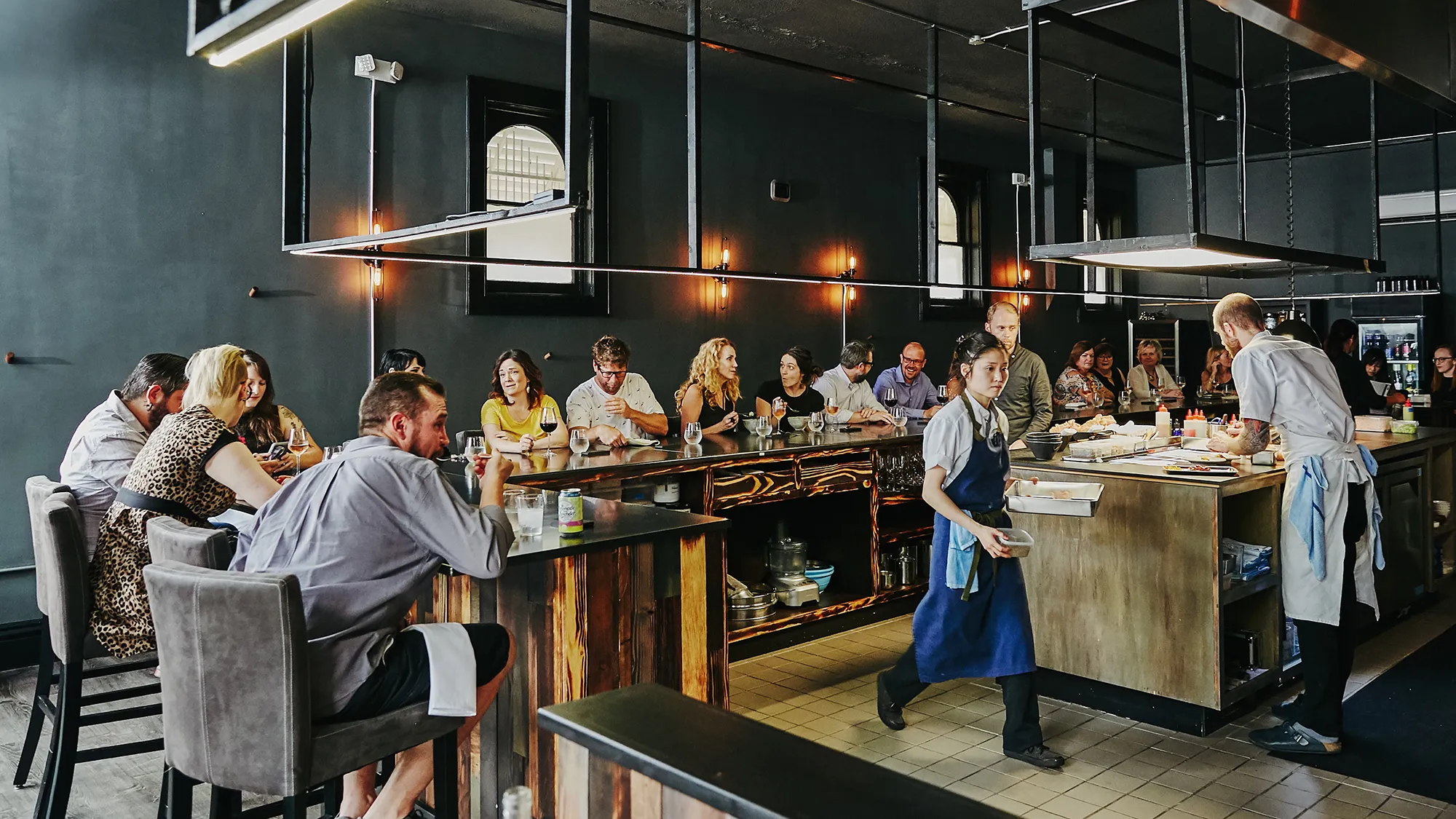
Imagine doing research on a particular type of restaurant. You look at the reviews online, check out the menus and analyze their various locations. You talk to friends and acquaintances who have been to the various restaurants and get their opinions and insights. You interview the chefs and staff that work in these restaurants. You find out where they source their food and review all the health inspection reports. You look into the business records and identify the owners and investors. You even locate some of the business plans used to secure funding. At this point you know more than most about this type of restaurant. You are convinced you understand what constitutes a great restaurant and regularly recommend certain restaurants to others. Perhaps you attend a conference and share all the information you gathered with restaurant professionals. However, you have never worked in food service, nor have you dined at any of the restaurants researched. That is a bit odd, wouldn’t you say?
The point here is one can obtain a great deal information about a matter without having any direct personal experience.
Information is important and almost always holds great value, but there are limits to its benefit. If all that information were gathered to merely recommend a restaurant to others, the effort described here was excessive. However, if I was trying to open or operate a restaurant, the information gathered would be insufficient. If I had little or no experience operating a restaurant and was planning on starting one, I would not rely on my ability to gather and properly process information. I would seek out and hire (or at least be mentored by) someone who had experience — a successful track record of starting and operating award-winning restaurants. What is fascinating is how we continually confuse individuals who have acquired a great deal of information with individuals who know how to successfully apply that information in a complex and dynamic environment. Experience and practice are a critical form of knowledge and arguably much more valuable today in our information-saturated world.
This certainly applies to art and design, where application and taking action is the chief aim. I have been teaching design for close to 30 years and have seen the academy swing back and forth between valuing and encouraging the production of information vs practice or application. I am quite sure that we are currently in a period where producing more information is disproportionately valued. Now imagine being taught to be a surgeon by someone who had never performed a surgery but rather had spent decades observing, studying and writing papers about the activity? This is what I see occurring in programs whose primary purpose is to grant accredited professional design degrees. I do not suggest that research has no place in a design program — we need researchers as well as practitioners. Rather than reducing it to a binary choice we should strive to calibrate the appropriate balance. Unfortunately, it is easier and simpler to get everyone to move to one side of the ship. It is only when the ship tips dangerously that corrective action is taken — usually resulting in an overreaction and equally harmful imbalance in the other direction.
